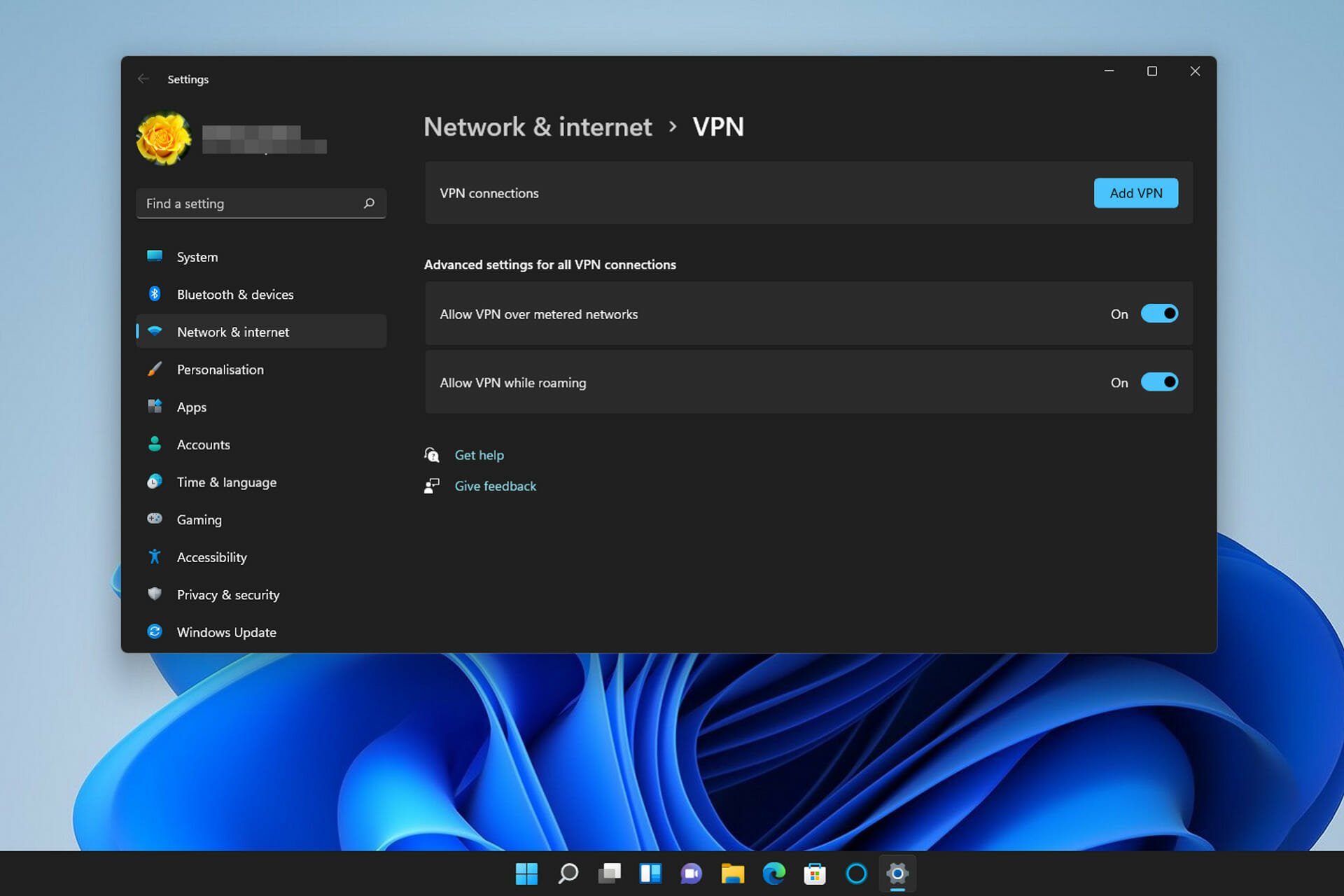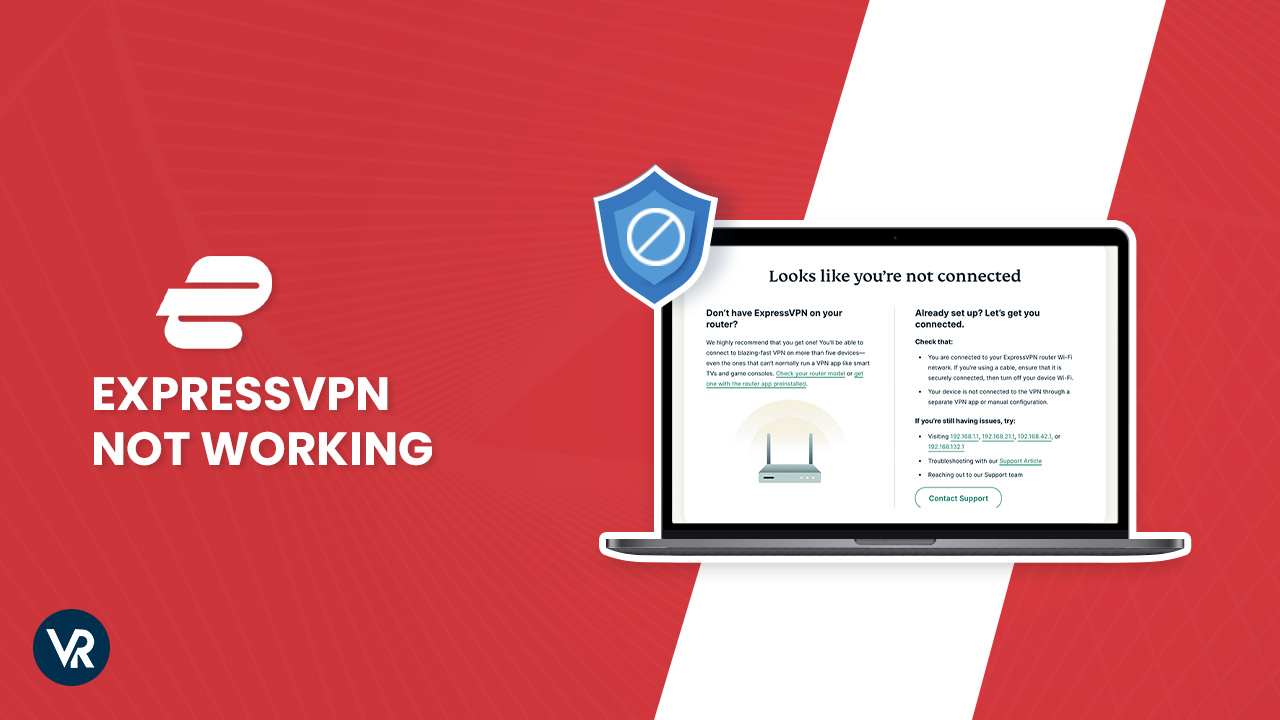Featured
Table of Contents
General Troubleshooting - Sophos Connect

The Routing and Remote Access snap-in lives within the Microsoft Management Console, called the MMC. There are numerous ways to access the MMC. You can choose the console from the Start menu's Programs choices, within the Administrative Tools folder within Windows server's Control Panel or by typing mmc at a command timely.
As Tech, Republic's Brandon Vigliarolo demonstrates within his video at the start of this short article, the Solutions console shows the status of the Routing and Remote Access entry. From within the Providers console and with the Routing and Remote Access entry highlighted, you can click Start the Service or right-click the entry and select Restart.
Often the VPN customer and VPN server are set to using various authentication techniques. Validate whether an authentication error is the problem by opening the server console. Another technique of accessing the MMC is to type Control+R to open a command timely in which you can type mmc and struck Enter or click OK.
If the entry isn't present, click File, select Add/Remove Snap-in, choose the Routing and Remote Access alternative from the options and click Include, then OK. With the Routing and Remote Gain access to snap-in added, right-click on the VPN server and click Properties. Then, evaluate the Security tab to verify the authentication method.
Vpn Troubleshooting Guide: 11 Steps To Solve Vpn Issues
Ensure the VPN client is set to the authentication technique specified within the Security tab. Typically the items just evaluated are accountable for many VPN connection rejection errors. But other basics should be right, too. For example, if the Windows Server hosting the VPN hasn't signed up with the Windows domain, the server will be unable to authenticate logins.
Each Web-based VPN connection generally utilizes two various IP addresses for the VPN customer computer. This is the IP address that's utilized to develop the preliminary TCP/IP connection to the VPN server over the Web.

This IP address typically possesses the same subnet as the regional network and hence permits the customer to interact with the local network. When you set up the VPN server, you must configure a DHCP server to appoint addresses to clients, or you can create a bank of IP addresses to designate to customers straight from the VPN server.


If this option is selected and the efficient remote access policy is set to enable remote gain access to, the user will have the ability to connect to the VPN. I have been not able to re-create the circumstance personally, I have heard reports that a bug exists in older Windows servers that can cause the connection to be accepted even if the effective remote gain access to policy is set to reject a user's connection.
Secure Ssl Vpn - Troubleshooting Guide
Another typical VPN issue is that a connection is successfully established but the remote user is unable to access the network beyond the VPN server. Without a doubt, the most typical cause of this problem is that consent hasn't been given for the user to access the whole network. To allow a user to access the entire network, go to the Routing and Remote Access console and right-click on the VPN server that's having the issue.
At the top of the IP tab is an Enable IP Routing check box. If this check box is made it possible for, VPN users will have the ability to access the rest of the network, assuming network firewall programs and security-as-a-service settings allow. If the checkbox is not picked, these users will have the ability to gain access to only the VPN server, however nothing beyond.
For example, if a user is dialing directly into the VPN server, it's generally best to configure a fixed route between the customer and the server. You can configure a static route by going to the Dial In tab of the user's properties sheet in Active Directory Users and Computers and picking the Apply A Static Path check box.
Click the Include Path button and after that enter the location IP address and network mask in the area supplied. The metric should be left at 1. If you're utilizing a DHCP server to appoint IP addresses to clients, there are a number of other issues that could cause users not to be able to surpass the VPN server.
Steps For A Better Vpn Rollout And Troubleshooting
If the DHCP server assigns the user an IP address that is currently in use elsewhere on the network, Windows will spot the conflict and avoid the user from accessing the remainder of the network. Another typical problem is the user not receiving an address at all. Many of the time, if the DHCP server can't designate the user an IP address, the connection will not make it this far.
If the customer is assigned an address in a range that's not present within the system's routing tables, the user will be not able to navigate the network beyond the VPN server. Guarantee the resources the user is trying to gain access to are really on the network to which the user is linking.
A VPN connection to the other subnet might, in fact, be required. A firewall program or security as a service option might likewise be to blame, so don't forget to evaluate those options' settings, if such elements exist between the VPN server and the resources the user looks for to reach.
The very first possibility is that one or more of the routers involved is performing IP package filtering. IP package filtering might prevent IP tunnel traffic. I suggest inspecting the client, the server and any devices in between for IP packet filters. You can do this by clicking the Advanced button on each maker's TCP/IP Residences sheet, selecting the Options tab from the Advanced TCP/IP Settings Characteristic sheet, choosing TCP/IP Filtering and clicking the Residences button.
Latest Posts
Best Free Vpn For Business In 2023
How The Vpn By Google One Works
The Best Vpns For Android In 2023